No one wants to talk to their children about war. Yet, it must be done. Especially if we are to have any hope of working towards a peaceful world. Such dreams may seem like pie in the sky, but these children's books about war will help you start conversations about a hard topic.
This isn't meant to be a list of books about specific, historical wars, although some of the titles do reference historical events. I focused on books that have a strong anti-war message.
These are books about many aspects of war like the futility of war, the hardships of those who are forced to live through war. They are also stories about how to maintain hope, to fight against despair and maintain dignity in the face of turmoil. Perhaps you want to talk to your children about whether or not war is ever justified. These books will help facilitate that conversation, too.

More: UNICEF's 8 tips on how to talk to children about war.
Note: this post contains Amazon and Bookshop affiliate links. Purchases made through these links may earn commission for this blog. Bookshop supports independent booksellers.
Would you like a printable list to take with you to the library? You can get one at the bottom of this post!
Futility of War
These three picture books about war emphasize its pointlessness. They are a good starting point when talking with your children about why people start wars, and for what purpose.
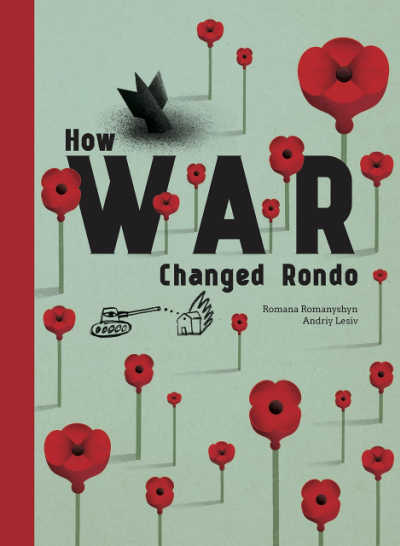
HOW WAR CHANGED RONDO
Find it: Enchanted Lion - Yes, you can find Rondo at other stores. However, all proceeds from purchases of the book made through Enchanted lion benefit UNICEF in Ukraine.
This oversized book from a Ukrainian creative team will spark many conversations about the damage war inflicts on hearts and minds and how communities can rally. In Rondo, everything is wonderful. Danko, a glowing, transparent being, Zirka, a paper bird and Fabian, a balloon dog, love living in their peaceful town. But one day, war comes and the inhabitants feel powerless to stop it. Nothing seems to halt the destruction. Then the town builds a huge light machine that defeats war's darkness. Rondo is rebuilt and red poppies spring up. Ages 5 and up.
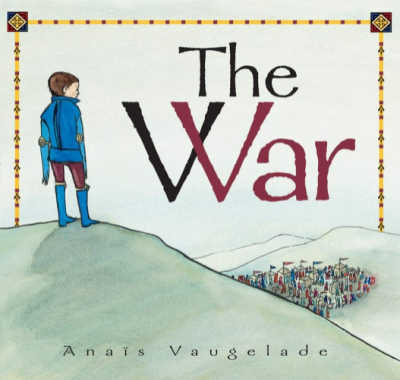
THE WAR by Anaïs Vaugelade
Find it: Amazon | Your library
The Red and Blue armies are at war, the reason long forgotten. Prince Fabian of the Blues brings about a terrible accident, angering his father. Distressed at the futility of efforts to stop the fighting, Fabian writes a letter to each side, claiming to be the leader the Yellows and challenging them to meet the Yellow army on the battlefield. When the Reds and the Blues show up, but find no Yellows to fight, the opposing sides realize their foolishness. Ages 5 and up.
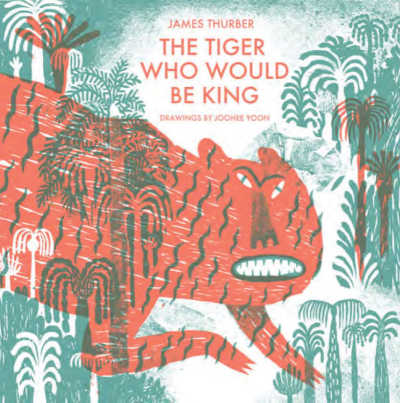
THE TIGER WHO WOULD BE KING by James Thurber, illustrated by JooHee Yoon
Thurber's timeless fable is given a new life with wonderful illustrations by JooHee Yoon. Tiger wakes up one morning and declares that he is the king of beasts. He doesn't listen when the other animals tell him, no, Lion is the king. Instead, he goes to Lion's cave and makes his announcement. All of the animals take part in the ensuing battle until only Tiger is left. Thurber ends with the moral, “You can’t very well be king of beasts if there aren’t any." Ages 4 and up.
MORE: Children's Books about Peace
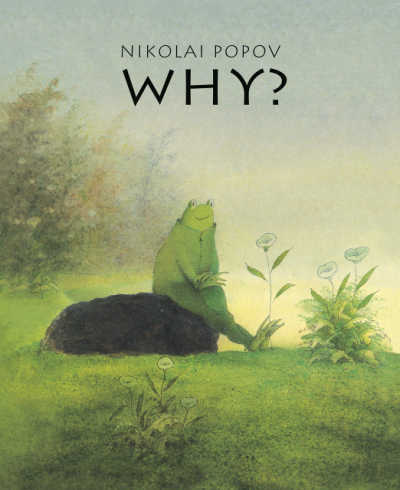
WAR by Nikolai Popov
This wordless book from Russian author and illustrator Popov demonstrates how wars are begun over small moments that turn into massive disasters. A frog sits contently on a rock with a flower. A jealous mouse seizes the flower and the conflict begins with frogs battling mice in tanks made from boots. By the end of the book, the landscape is devastated and with the frog on his rock and the mouse back in his spot, the message is clear. The war was fought for nothing. Nothing was solved and no one benefitted. Ages 4 and up. Note: some reviewers on Amazon indicate they received an edition with text. The original book is wordless, and is what I got from my library.
Living in a War Zone
These picture books will start a conversation with your children about how residents find strength, hope and resilience when their lives are thrown into turmoil and they are forced to live with constant uncertainty and fear.

WHAT THE KITE SAW by Anne Laurel Carter, illustrated by Akin Duzakin
In a town occupied by hostile soldiers and tanks, a child, his mother and younger sibling are left behind when his father and brother are off fighting. The child narrates life in an occupied city, wondering when he will be able to see his father again. His movements are limited but he gets an idea and he and his friends make kites to fly above the city as symbols of hope. As the kites fly, the child imagines flying himself, and seeing his father and brother. Ages 5 and up.

THE CAT MAN OF ALEPPO by Karim Shamsi-Basha and Irene Latham, illustrated by Yuko Shimizu
In war-torn Syria, Alaa stays behind to help, even though his friends and family have fled the city of Aleppo in search of safety. Alaa wants to help others. He works as an ambulance driver and one day he notices the city's hungry and thirsty cats. He begins to feed them, but can't afford to help them all by himself. When others hear of Alaa's goodness they send donations, and come to assist him. His act of kindness leads to more acts. He helps build a playground, digs a well and distributes food. A beautiful, positive story, based on a true story. The endnotes include words from the real Mohammad Alaa Aljalee. Ages 5 and up.
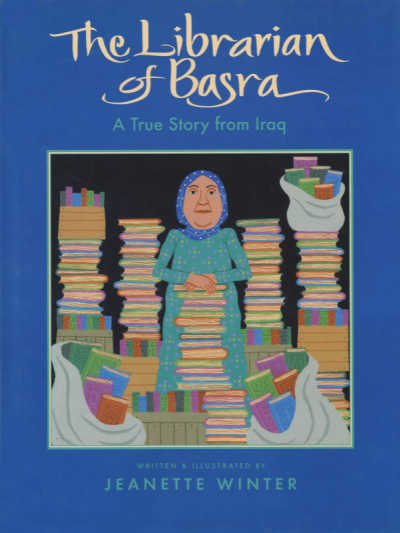
THE LIBRARIAN OF BASRA
by Jeanette Winter
This is a powerful tale based on a true story about courage and determination in the face of terrible circumstances. War comes to Iraq and threatens to destroy Alia’s precious library collection, including rare editions, at Central Library in Basra. But Alia does not run. Instead, she bravely works to move 30,000 volumes to safety in her home and the homes of friends and families. Ages 5 and up.
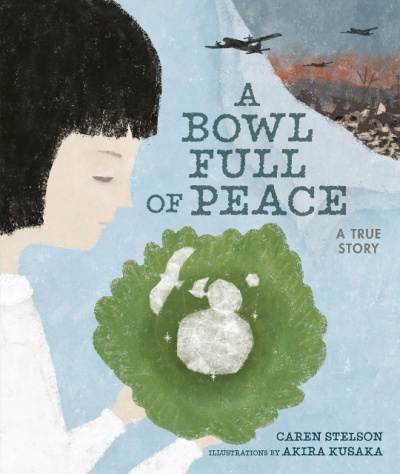
A BOWL FULL OF PEACE by Caren Stelson, illustrated by Akira Kusaka
This is an incredibly moving true story that speaks to the experience of living through war and surviving the aftermath. Grandmother's bowl sits full of food on the Yasui family table. The bowl is passed from mother to daughter, its exact origin unknown. Sachiko describes living through the war in Nagasaki, watching the contents of the bowl get smaller and smaller until the family must flee their home. Returning in the aftermath, Sachiko's father miraculously finds the bowl, unharmed, in the piles of rubble. The family now fills the bowl to remember the lost and give thanks for peace.
Soliders
We hail soldiers as heroes, but it's also important to share the non-glamorous reality of life on the front lines.
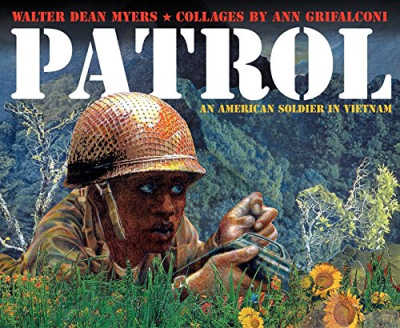
PATROL: AN AMERICAN SOLDIER IN VIETNAM by Walter Dean Myers, illustrated by Ann Grifalconi
Grifalconi's collage style illustrations adorn the pages of Myers' moving poem about a soldier working his way through an active war zone in the jungles of Vietnam. The solider waits, hidden in the jungle, gripped by fear, his mind racing. The poem reveals the solider's thoughts in the moment and the first person, present-tense narration is powerful. A necessary read aloud for ages 8 and up.

THE ELEVENTH HOUR by Jacques Goldstyn
Parents, get ready to have a tissue handy, this book does not have a happy ending. Neither does war, frankly. Jim and Jules were born were born on the same day in the same village. They grew up together, the best of friends, despite their different personalities. When the draft hits, they march off to war together. But they do not return together. The narrative is straight forward, and much of the emotional content is conveyed through the illustrations. The timing of Jim's death was rather shocking to me, and hits home the cruelty of war. This may seem like too serious for kids, but it is an exceedingly good book. Ages 7 to infinity.
Fleeing War
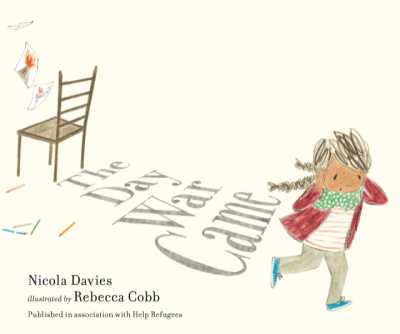
THE DAY WAR CAME by Nicola Davies, illustrated by Rebecca Cobb
This moving story starts with children attending school on an ordinary day. Their daily lives are interrupted with the chaos of the sudden attacks of war. Davies' prose is poetic, with first person narration by a child who watches her world change in an instant. The child flees but feels the war "under her skin." When she finds a new classroom, another child helps her find room to join them. Ages 6 and up.
MORE: Children's Books about Refugees
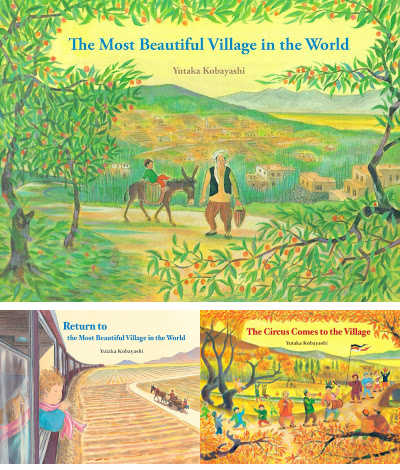
YAMO'S VILLAGE SERIES (trilogy) by Yutaka Kobayashi
Kobayashi's trilogy chronicles the transformation and recovery of a village beset by war. The three picture books are The Most Beautiful Village in the World, The Circus comes to the Village, and Return to the Most Beautiful Village in the World. The first book introduces us to Yamo's Afghan village. Yamo helps his father sell fruit at the market while his brother is off fighting. In the second book, a circus comes to Yamo's village. Young Mirado, his father off at war, plays a flute and the circus invites him to tour with them. Yamo tells him to go, suggesting he might see his father on the way. In the final installment, Mirado hears that war might have left his village, and he walks across the country to get back home. When he arrives, the village has been devastated but he also reunites with Yamo and the two boys hope for a different future. Ages 5 and up.
Waiting on the Home Front
War can happen in our own backyard, but even when it takes place far away, loved ones left at home must also endure hardship, longing and endless waiting.
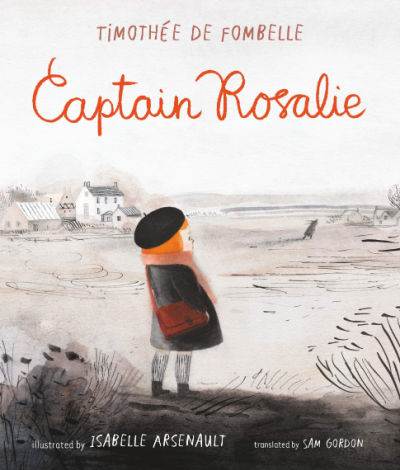
CAPTAIN ROSALIE by Timothée de Fombelle, illustrated by Isabelle Arsenault
During World War I, with her father at the front and her mother at work, a 5-year-old girl sits in a classroom and imagines herself on a secret mission for the war effort. Her mother reads her part of her father's letters and they sound hopeful. But when Rosalie's mission is successful and she is able to read the letters on her own, she discovers the truth. This book will spark conversations about the realities of war and the experiences of individuals both at home and at the front. Ages 8 and up.
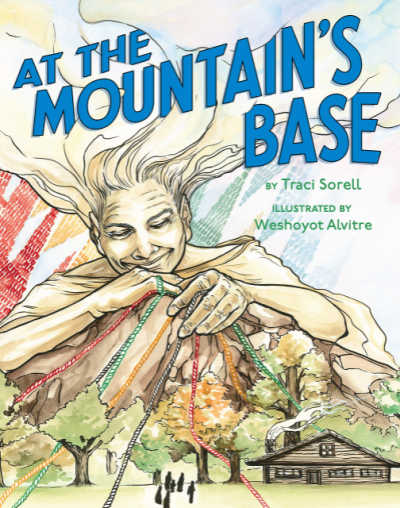
AT THE MOUNTAIN'S BASE by Traci Sorell, illustrated by Weshoyot Alvitre
I adored the artwork in this tranquil picture book. Each page reveals an intimate scene contained by a continuous multi-colored string. The spare but calming text tells the story tells the story of a Native American woman serving in the military in World War II and the family that waits for her. An author's note reveals Sorell was inspired by pilot Ola Mildred Rexroat (an Oglala Lakota citizen), the only Native American Air Force service pilot in WWII. You can watch a recording of Sorell reading her book here. Ages 4 and up.



Kelly Kline says
Wow! After teaching elementary school for 35 years, I have used books to help explain what is happening in the world, good or bad, in so many ways. This list is an amazing compilation to help children understand the world they are living in today. Thank you…
Erica says
I'm so glad you like the book list!
LeeAnne says
Wow, I am SO glad my father is not alive to see this article. The FUTILITY of war? Tell that to the Jews liberated by the allied forces!!!
Lee says
Thank you for this list! I am a mom and I work in peace advocacy. My first grader came home from school after Memorial Day with all sorts of grandiose ideas about "freedom" and "heroes," with nothing to temper the false ideas that war protects us and soldiers are always proud and good. She knows that mom works to stop wars, but we apparently hadn't talked enough about what that means. We talked about it, but I also wanted to find some resources to help counter what she heard at school. All I could think of was Dr. Suess' The Butter Battle Book, a good one but I wanted something more grounded in specific realities. I started searching for kids' anti-war books, and came up pretty spare until I found this list. So many great choices, now I just have to decide where to start!
Lee says
One more thing - I realized it would be helpful for some of these, to include "spoilers." For example, what is the secret that Rosalie learns in Captain Rosalie? For adults, knowing these details would help with selecting books.
Erica says
Thanks for the input, that makes sense. The secret in Captain Rosalie is that her father's letters contain the anguish of being in a war.
Antonina says
We are from Russia (and also have relatives in Ukraine under bombing). Now fled to Israel, where war is ongoing reality. We can't come home because of they can mobilize my husband and there are many other hazards like random arrests and torture. We also can't stay in Israel forever (I hope for year or two) and actually don't know where are we going next. And I really don't know how to explain all this to my 8-year old. We don't even have enemies, our country is invader. We want it to lose. And why we came to country where chance to be bombed even higher (for now). And why some people can be very angry at us and consider us culprits of the war (even him). And why can't we stop the war, maybe arrest our president, give him some pills (if he is crazy). Why even people even start the war, if they also can get killed. I don't know what to say and what to read to him to explain all this. May be you give me a hint, I can't choose the book by their descriptions.
Erica says
Hi Antonina, How War Changed Rondo may be a good book for you.
Antonina says
Thanks for recommendation, I'll try it.